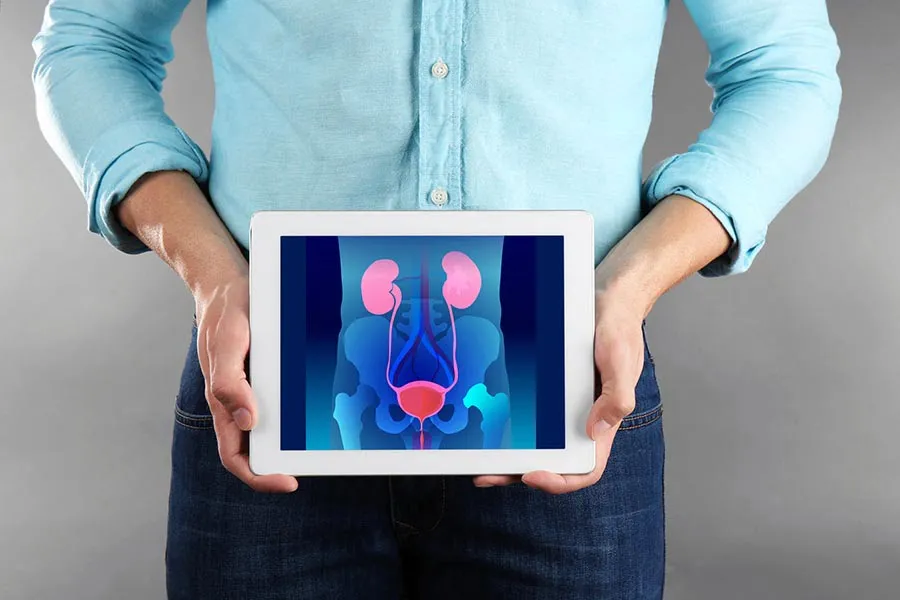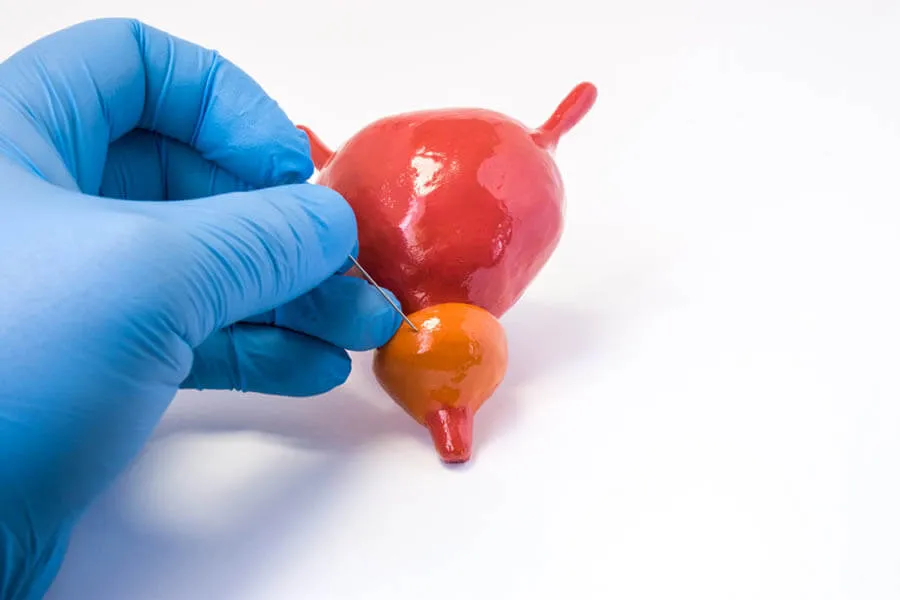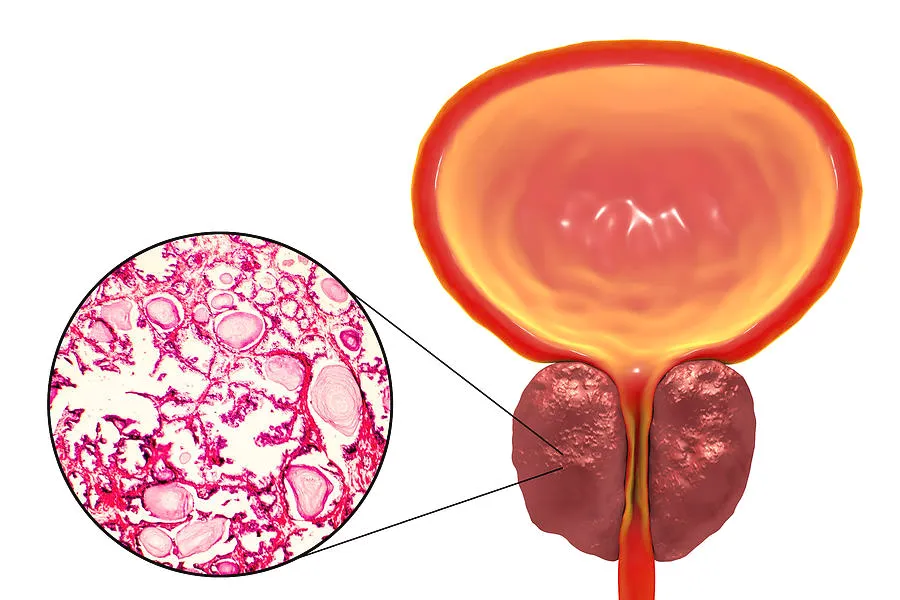Benign Prostatic Hyperplasia (BPH), also known as enlarged prostate, is a common condition affecting millions of men worldwide. As the name suggests, BPH is a non-cancerous growth of the prostate gland, which can lead to a range of uncomfortable and frustrating symptoms. Characterized by an enlarged prostate gland, BPH can cause urinary frequency, urgency, and hesitancy, as well as weak stream and incomplete bladder emptying. These symptoms can significantly impact a man’s quality of life, causing embarrassment, anxiety, and even depression.
In this article, we will delve into the symptoms, causes, and treatment options for BPH, providing a comprehensive overview of this common condition. We will explore the ways in which BPH affects men, the factors that contribute to its development, and the various approaches to managing its symptoms and improving overall health. Whether you are seeking information for yourself or for a loved one, this article aims to provide a clear and informative guide to understanding and addressing BPH.
What is Benign Prostatic Hyperplasia (BPH)?
Benign Prostatic Hyperplasia (BPH) is a non-cancerous condition that affects the prostate gland in men, typically after the age of 40. The prostate gland surrounds the urethra, the tube that carries urine out of the body, and its purpose is to produce fluids that make up part of semen. As men age, the prostate gland can enlarge, leading to BPH. This enlargement can cause a range of symptoms, including frequent urination, especially at night, difficulty starting or stopping the flow of urine, and a weak stream of urine.
In some cases BPH can also lead to urinary retention, where the bladder becomes unable to empty completely. The exact cause of BPH is unknown, but it is thought to be related to changes in hormone levels and genetics. While BPH is not a cancer, it can significantly impact quality of life and increase the risk of other health problems, such as urinary tract infections and bladder stones. Fortunately, there are several treatment options available for BPH, including medication, minimally invasive procedures, and surgery.

Read more: Male health problems: 3 common diseases
the Symptoms of BPH
Benign Prostatic Hyperplasia (BPH) is a non-cancerous enlargement of the prostate gland that affects millions of men worldwide. The symptoms of BPH can vary in severity and may include:
- One of the most common symptoms of BPH is the need to urinate more frequently, especially at night. Men with BPH may wake up several times a night to use the bathroom.
- BPH can make it difficult to start urinating, leading to straining and discomfort.
- Men with BPH may experience a weak or slow urine stream, which can be frustrating and affect their quality of life.
- Some men with BPH may experience sudden stops and starts while urinating, which can be embarrassing and inconvenient.
- In severe cases of BPH, men may experience urinary incontinence, which can lead to leakage or accidents.
- BPH can cause painful urination, especially if there is an associated infection or inflammation.
- Men with BPH may notice blood in their urine, which can be alarming but is usually not a sign of cancer.
- Men with BPH may wake up multiple times a night to use the bathroom, disrupting their sleep patterns.
- In some cases, BPH can affect sexual function and lead to decreased libido.
- In rare cases, BPH can cause urinary retention, which requires immediate medical attention.
These symptoms can significantly impact a man’s quality of life, causing embarrassment, anxiety, and frustration. If left untreated, BPH can also increase the risk of complications such as urinary tract infections and kidney damage.

Diagnostic Procedures for BPH
The diagnosis of Benign Prostatic Hyperplasia (BPH) is crucial to determine the best course of treatment. A comprehensive diagnostic evaluation typically includes a combination of the following procedures:
- A thorough medical history is taken to understand the patient’s symptoms, such as frequent urination, weak stream, and incomplete bladder emptying.
- A digital rectal examination (DRE) is performed to assess the size and consistency of the prostate gland.
- A urine sample is analyzed to check for any abnormalities, such as blood or bacteria in the urine.
- This test measures the amount of urine left in the bladder after urination to assess bladder emptying.
- A blood test that measures the level of PSA, a protein produced by the prostate gland. Elevated PSA levels may indicate prostate cancer or BPH.
- This test measures the rate at which urine flows from the bladder to assess urinary flow rates.
- An ultrasound probe is inserted through the rectum to visualize the prostate gland and assess its size and shape.
- A flexible tube with a camera is inserted through the urethra to visually inspect the inside of the bladder and urethra.
- This test measures the pressure and flow of urine in the bladder and urethra to assess urinary function.
Read more: mens health products
Actiflow: The Prostate Health Solution that Changes Everything
Are you in search of an easy and effective way to support your prostate health? Look no further than Actiflow With its power-packed veggie capsules, Actiflow offers the perfect blend of natural ingredients designed specifically to nurture your prostate. What makes it stand out?
Unmatched Benefits in Just 8 Seconds a Day
In just 8 seconds a day, combined with your favorite morning beverage, you can begin to feel the amazing benefits. It’s as simple as flipping a switch, and your journey to wellness begins!
A Game-Changer in Treatment Options for BPH
Actiflow‘s unique formula has been proven to be a game-changer in treatment options for Benign Prostatic Hyperplasia (BPH). By promoting urinary health and reducing symptoms such as frequent urination, weak stream, and incomplete bladder emptying, Actiflow provides a natural alternative to traditional treatments. Its efficacy has been backed by scientific research and thousands of satisfied customers.
Treatment Options for BPH
Benign Prostatic Hyperplasia (BPH) is a common condition affecting millions of men worldwide, and while it can be managed with a variety of treatment options, finding the right approach can be a challenge, requiring careful consideration of the individual’s symptoms, medical history, and quality of life.
Medical Treatments
- Alpha-Blockers: Medications that relax the muscles in the prostate and bladder neck, relieving symptoms such as urinary frequency, urgency, and hesitancy.
- 5-alpha-Reductase Inhibitors: Medications that slow the growth of the prostate gland, reducing symptoms such as enlarged prostate size and urinary blockage.
- Phosphodiesterase-5 Inhibitors: Medications that relax the muscles in the prostate and bladder neck, improving urine flow and reducing symptoms.
- Muscarinic Antagonists: Medications that block the action of acetylcholine, a chemical that stimulates the muscles in the bladder neck and prostate.

Minimally Invasive Procedures
- Transurethral Resection of the Prostate (TURP): A surgical procedure that removes excess tissue from the prostate gland using a scope inserted through the urethra.
- Laser Therapy: A minimally invasive procedure that uses laser energy to remove excess tissue from the prostate gland.
- Prostate Stenting: A procedure that uses a tiny metal tube called a stent to keep the urethra open and improve urine flow.
Surgical Procedures
- Open Prostatectomy: A surgical procedure that involves making an incision in the lower abdomen to remove excess tissue from the prostate gland.
- Robotic-Assisted Prostatectomy: A surgical procedure that uses robotic technology to remove excess tissue from the prostate gland through a small incision.
Alternative Therapies
- Acupuncture: A technique that involves inserting thin needles into specific points on the body to stimulate healing and reduce symptoms.
- Herbal Remedies: Certain herbs such as saw palmetto, pygeum, and stinging nettle may help alleviate BPH symptoms.
- Dietary Changes: Eating a balanced diet rich in fruits, vegetables, and whole grains may help reduce BPH symptoms.
Lifestyle Changes
- Drinking plenty of fluids to help flush out bacteria and reduce the risk of infection.
- Techniques such as double voiding and pelvic floor exercises can help improve urinary control and reduce symptoms.
- Maintaining a healthy weight can help reduce BPH symptoms by reducing pressure on the bladder and prostate gland.
In conclusion, Benign Prostatic Hyperplasia (BPH) is a common and often debilitating condition that affects millions of men worldwide. Understanding the symptoms, causes, and treatment options available can help individuals take control of their health and manage their symptoms effectively. While surgery and medication can be effective treatments, it’s essential to consider alternative approaches, such as lifestyle changes and natural supplements like Actiflow, which can provide a gentle and effective way to alleviate BPH symptoms. By working with healthcare professionals and exploring all available options, men can regain control over their urinary health and improve their overall quality of life.

